HDPE geomembrane has strong extensibility, good deformation ability, corrosion resistance, low temperature resistance and good frost resistance. It covers the embankment, pool wall and pool bottom of the breeding pond. The advantages of the membrane-paved pool are that it is easy to clean, delays the aging of the pond, and greatly reduces the impact of the soil in the breeding area on the breeding production. Laying the geomembrane on the bottom of the pool, coupled with the supporting central sewage system, is conducive to the concentration of breeding metabolites in the pool during the breeding process and discharge them out of the pool, which can be put into the next batch of aquaculture in time, so that the aquatic products can grow rapidly. But how can the HDPE geomembrane breeding pond be cleaned and maintained quickly and effectively?
The steps for cleaning and maintaining the geomembrane pond need to be carried out carefully to ensure that the geomembrane of the pond is not damaged while maintaining its long-term use function. The following are the general steps for cleaning the geomembrane pond:
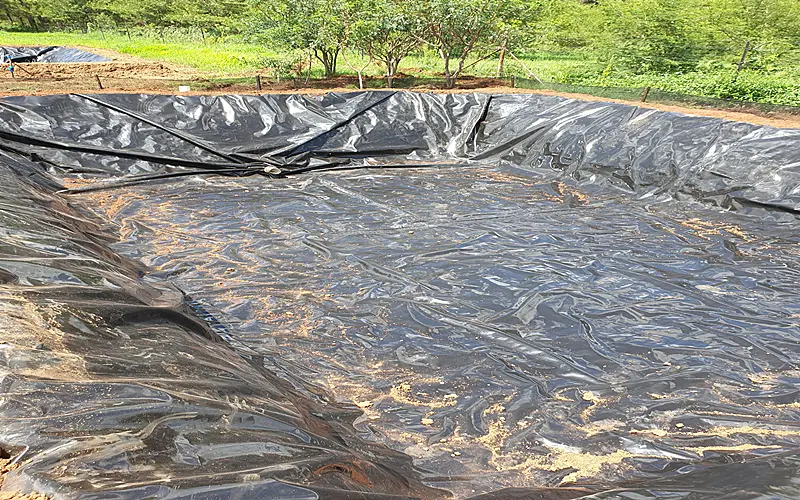
1. Drain the water:
Draining the water is a crucial step when cleaning the geomembrane pond. In order to ensure the integrity of the geomembrane and ensure the smooth implementation of the cleaning work, the process of draining the water should be carried out carefully and orderly. Here are the specific implementation details:
1.1. Pump selection
The first step in draining the water body is to choose the right pump. A pump with sufficient drainage capacity should be selected according to the size and depth of the pond. Generally, submersible pumps are a better choice because they are suitable for ponds of different water depths and have high efficiency.
1.2. Drainage in stages
During the drainage process, it is recommended to proceed in stages, especially when the water volume of the pond is large. This can gradually lower the water level and check the condition of the structure and geomembrane around the pond in time to avoid tearing or displacement of the membrane material due to a sudden drop in water pressure.
1.3. Sludge treatment
After the water level drops, if there is a lot of silt or sediment at the bottom of the pond, it is necessary to use sludge suction equipment or manually remove the silt at the bottom of the pond. Care should be taken when sucking sludge to avoid damaging the geomembrane.
Through these detailed steps, the drainage of the pond water body can be completed safely and effectively, while maximizing the protection of the integrity of the geomembrane and ensuring the successful implementation of the cleaning work.
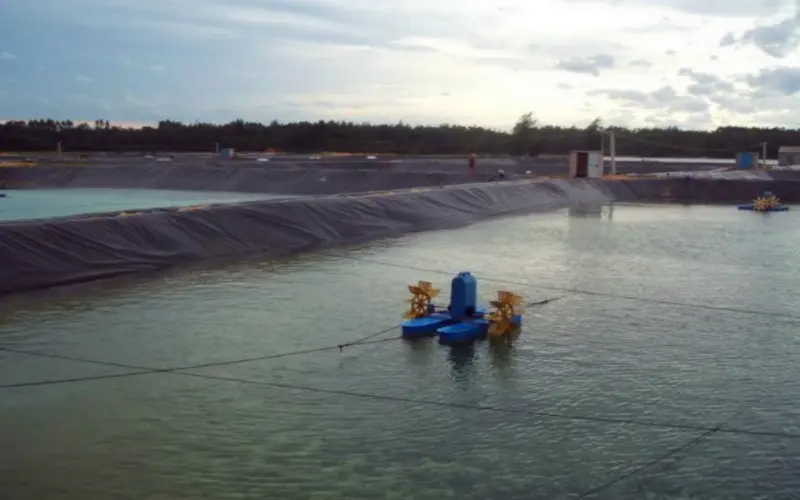
2. Remove surface debris:
Use a soft-bristled brush or plastic scraper to gently clean the debris on the surface of the geomembrane, such as leaves, dirt and silt. Avoid using metal tools to prevent scratching or puncturing the geomembrane.
When cleaning the geomembrane pond, the removal of surface debris is a very important step. This process requires careful operation to avoid damage to the geomembrane. The following are the specific implementation details of removing surface debris:
2.1. Sweep away debris:
Use a soft-bristled broom to gently sweep away floating leaves, grass clippings and other light debris. Avoid using hard-bristled brushes or iron tools to avoid scratching or puncturing the geomembrane.
2.2. For oil stains and difficult-to-remove debris
·Adsorbent material: If there is oil or chemical contaminants on the surface, you can use special absorbent materials or oil-absorbing felt to gently absorb them. Do not wipe excessively to prevent damage to the membrane surface.
·Mild detergent: When using a detergent, you should choose a mild detergent that is non-corrosive to the membrane material, and gently wipe the surface with a soft cloth to ensure that the dirt does not affect the performance of the geomembrane.
2.3. Check the drains:
Some ponds are equipped with drainage facilities. These drains should be checked during the cleaning process to remove accumulated debris and ensure smooth water flow.
3. Rinse the surface of the geomembrane:
Use a low-pressure water pipe to rinse the surface of the geomembrane. High-pressure water may damage the structure of the membrane, so the strength of the water pressure needs to be controlled to avoid unnecessary damage.
3.1. Choose the right cleaning equipment
A low-pressure water gun or hose should be used when flushing to avoid damage to the geomembrane caused by high-pressure water flow. The water pressure should be controlled within the range that does not exceed the bearing capacity of the membrane material.
3.2. Choice of cleaning solution
If there is oil or stubborn dirt on the surface, a mild environmentally friendly detergent can be used. The detergent should be non-corrosive to the geomembrane material and easy to rinse off, avoid residual chemicals, and avoid using acidic and alkaline substances.
3.3. Rinse steps
In order to avoid repeated contamination of the cleaned area by dirt, it should be rinsed from the top and gradually downwards. Or use partition cleaning to divide the surface of the pond geomembrane into several areas and clean them one by one. Each area should be thoroughly rinsed, especially the folds and edges of the membrane, where dirt is likely to accumulate.
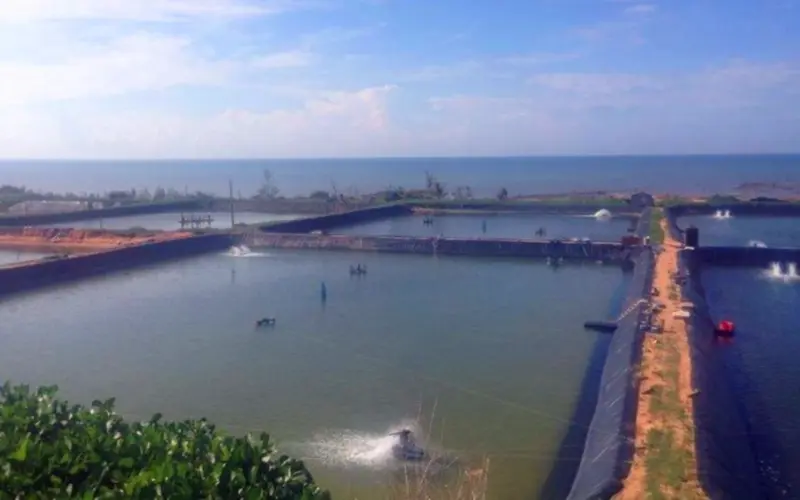
4. Check the geomembrane:
After cleaning, thoroughly inspect the geomembrane of the pond to check for punctures, tears or wear. If necessary, it can be repaired or replaced to ensure that the pond can continue to maintain its anti-seepage performance.
5. Prevent pollution:
During the cleaning process, avoid using any harmful chemicals or detergents to prevent these substances from penetrating into the membrane material and affecting the function of the geomembrane and water quality.
6. Maintenance plan:
Regularly clean the pond and its geomembrane to prevent long-term accumulation of debris and silt from damaging the membrane material. It is recommended to inspect and clean it once a year or deal with it in time according to specific environmental conditions.
6.1. Regular inspection
· Timing: Perform a routine inspection once a month, especially after severe weather (such as heavy rain, typhoons), and conduct additional inspections.
· Inspection scope: Focus on checking the surface of the geomembrane for cracks, tears, wear and dirt accumulation. Pay special attention to seams, edges and corners.
·Water level change monitoring: By monitoring the water level change in the pond, determine whether there is leakage, and conduct leakage detection when necessary.
6.2. Cleaning and maintenance
·Surface cleaning: Perform surface cleaning every 3 to 6 months depending on the accumulation of debris. Use a low-pressure water gun to rinse the surface of the geomembrane, and avoid using hard objects or chemicals to avoid damaging the membrane material.
·Debris cleaning: Regularly remove floating debris in the pond, such as leaves, silt and other materials that may block the drainage system.
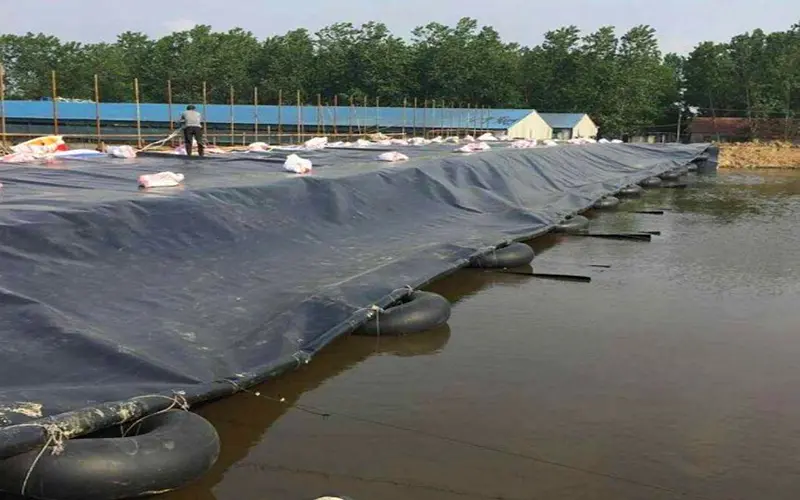
6.3. Joint and edge inspection
·Joint condition inspection: Carefully inspect the joints of the membrane material to ensure that there is no loosening or peeling at the welding or bonding. If any problems are found, use special welding equipment to repair them in time.
·Edge fixation inspection: Ensure that the edges of the membrane material are well fixed, especially at the fixed parts without loosening, falling off or tearing.
6.4. Repair plan
·Small-scale repair: When small damage is found, use geomembrane repair materials to repair it immediately to prevent small damage from expanding into larger leakage problems.
·Regular and extensive inspections: Conduct a comprehensive geomembrane status inspection once a year to assess whether extensive repairs or replacements are needed.
6.5. Drainage system maintenance
·Drain cleaning: Clean the drain regularly to ensure that sewage can be discharged smoothly. Any blockage may cause the drainage system to fail, causing water accumulation and pressure problems.
·Prevent water accumulation under the membrane: Ensure that the drainage system operates normally to prevent water accumulation under the membrane material from affecting the service life of the geomembrane.
6.6. Recording and monitoring
·Inspection log: Record the situation of each inspection, cleaning and repair for subsequent reference and judgment of the aging and loss of the geomembrane.
·Monitoring system: For large pond projects, consider installing a water level monitoring system to automatically detect water level changes and detect potential problems in a timely manner.
By implementing the above maintenance plan, the geomembrane pond can maintain its anti-seepage function and extend its service life, effectively avoiding possible leakage or other structural problems.
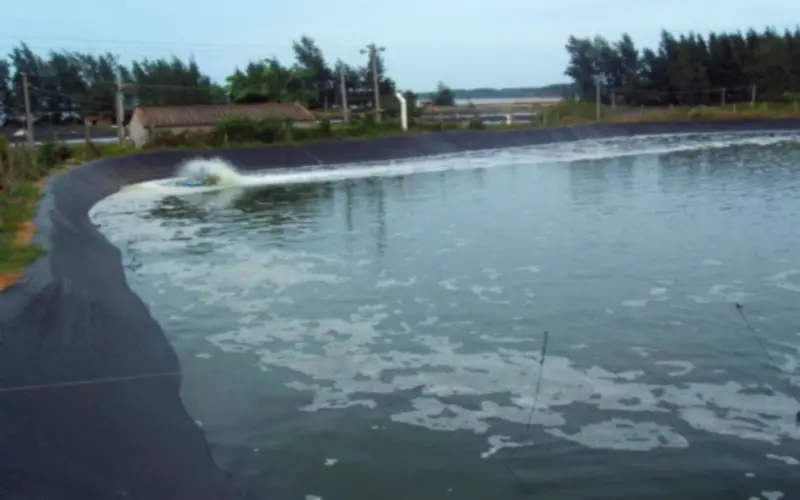
7.Summary:
Cleaning the geomembrane pond is a key step in maintaining its long-term anti-seepage performance. With proper drainage, gentle cleaning and regular maintenance, geomembrane ponds can be effectively protected from damage and have a longer service life.
Haoyang enviromental Co., Ltd. is a source factory engaged in the production of geomembrane for 20 years. We have our own independent production workshop, technical research and development team and user team, and can answer any questions you encounter in the process of purchasing and using geomembrane for free. You can contact us at any time and we will reply you in time.
Email: sale2@hygeosynthetics.com
Tel: +86 166 1577 3081
![]() 0.75 Double-sided smooth HDPE geomembrane.pdf
0.75 Double-sided smooth HDPE geomembrane.pdf
![]() 1mm Single-texture HDPE geomembrane.pdf
1mm Single-texture HDPE geomembrane.pdf
![]() 2mm Single-texture HDPE geomembrane.pdf
2mm Single-texture HDPE geomembrane.pdf
![]() 1 Double-sided smooth HDPE geomembrane.pdf
1 Double-sided smooth HDPE geomembrane.pdf
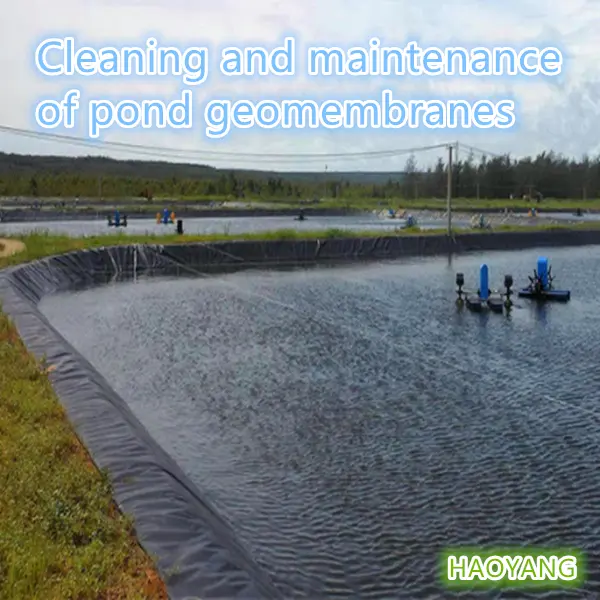
897.webp)
942.webp)
237.webp)